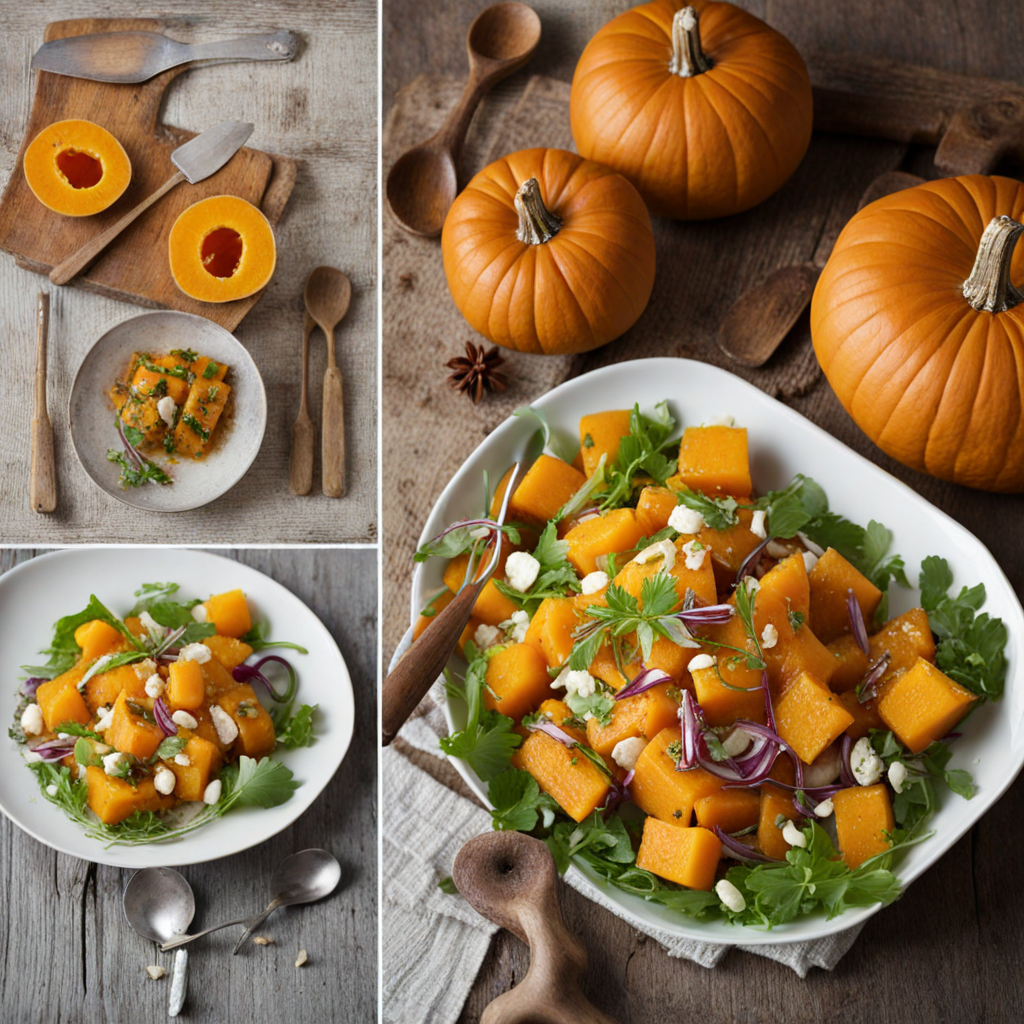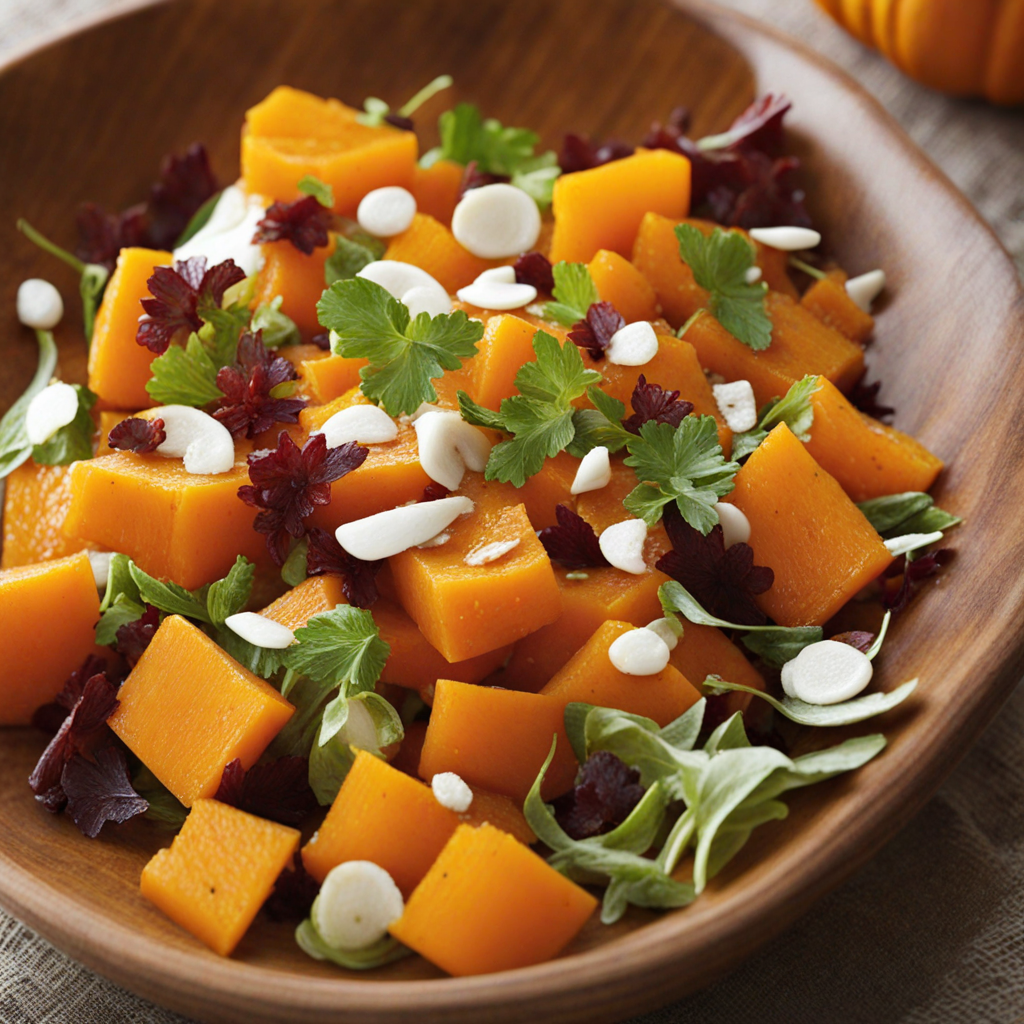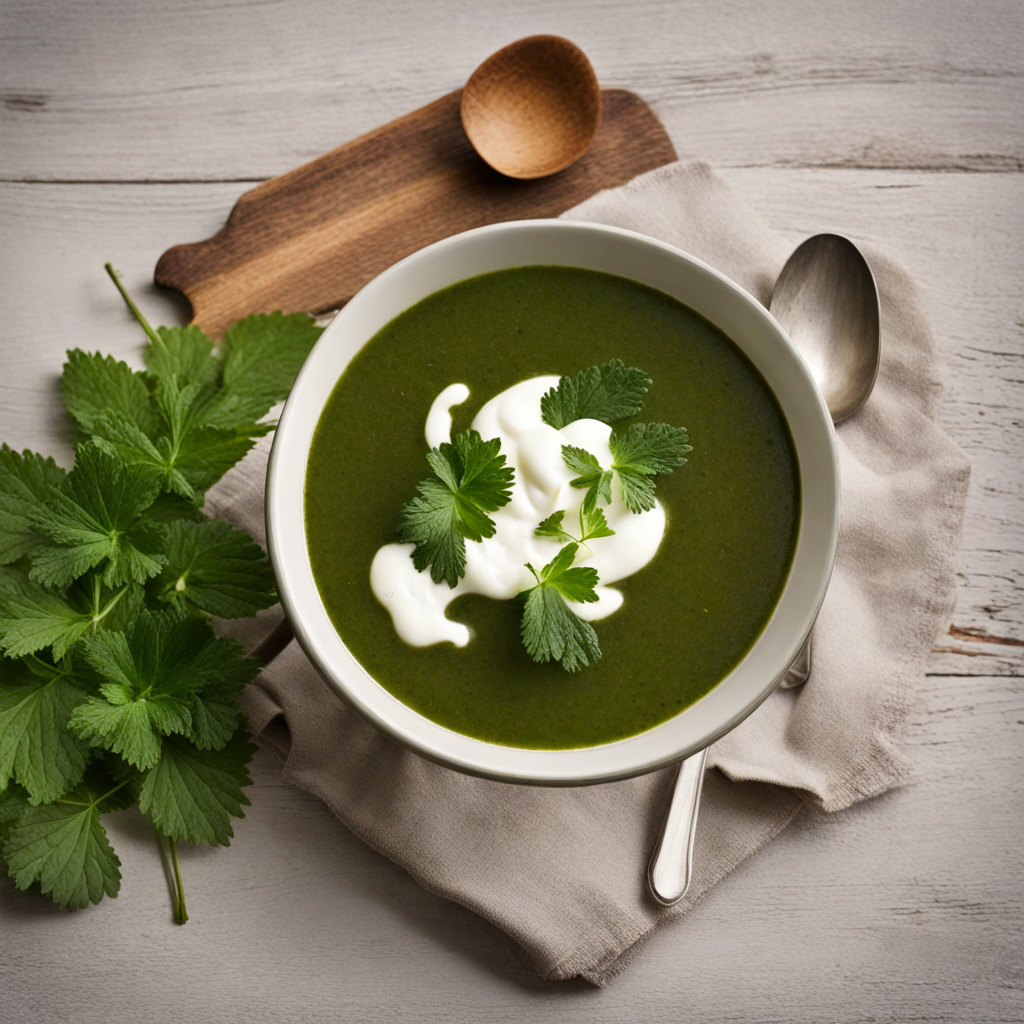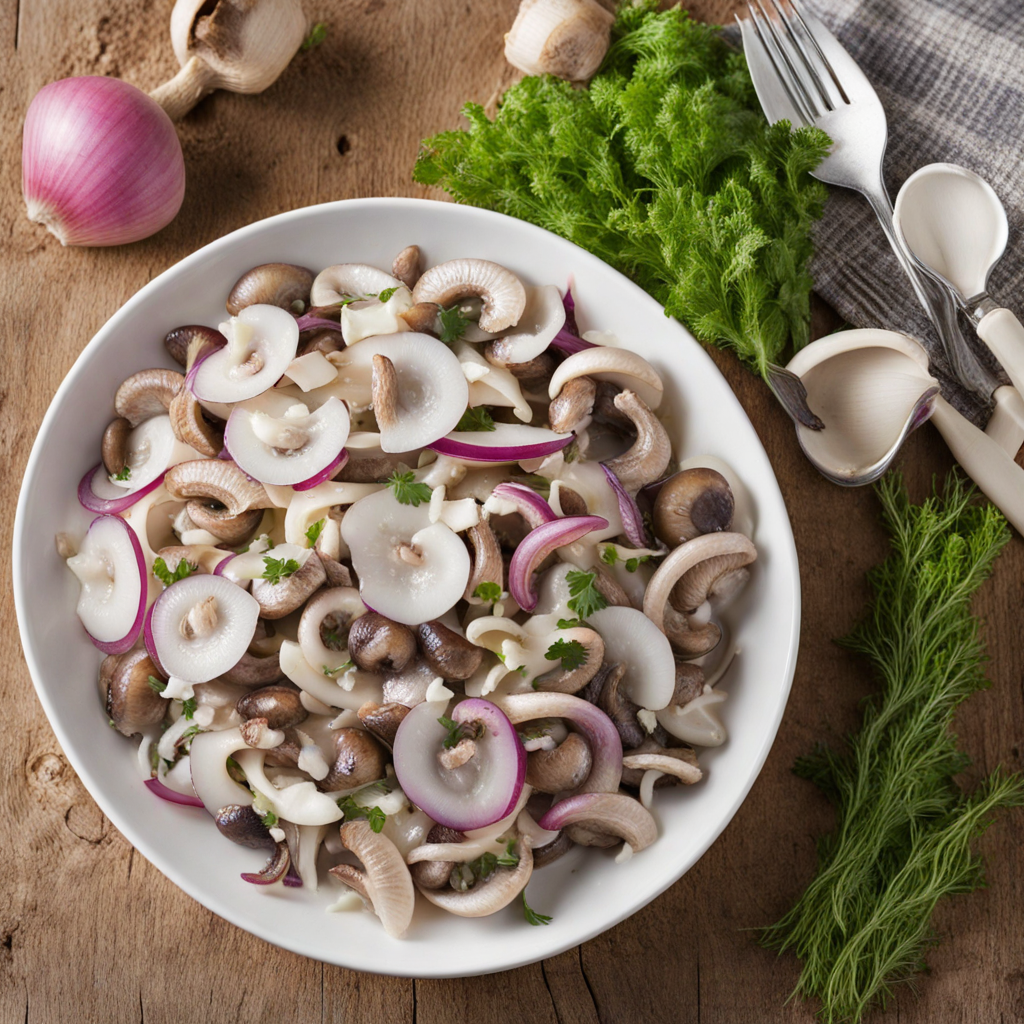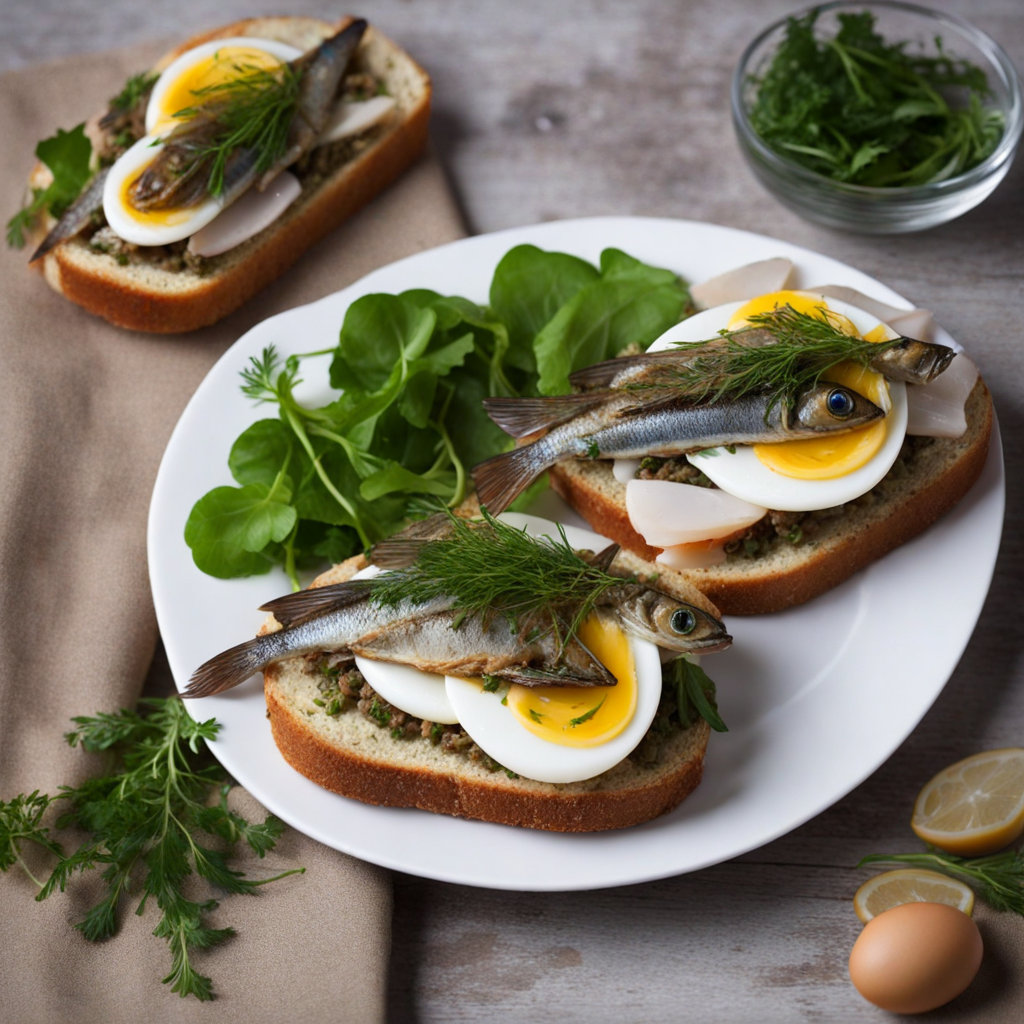Pumpkin Salad
Pumpkin Salad is a delightful dish that captures the essence of Estonian culinary traditions. This vibrant salad features roasted or steamed pumpkin as its star ingredient, bringing a sweet and earthy flavor profile that is both comforting and refreshing. The pumpkin is often complemented by a medley of seasonal vegetables, such as crisp apples, tangy cranberries, or crunchy nuts, which add layers of texture and a burst of contrasting tastes. The vivid orange hue of the pumpkin not only makes the dish visually appealing but also signifies the warmth and richness of Estonian harvests. To elevate the flavor, a simple yet flavorful dressing is typically drizzled over the salad. A mixture of olive oil, apple cider vinegar, and a touch of honey or maple syrup creates a perfect balance between acidity and sweetness, enhancing the natural flavors of the ingredients. Fresh herbs like dill or parsley may also be sprinkled on top, infusing the dish with an aromatic freshness that brightens each bite. This combination of flavors and textures makes Pumpkin Salad a versatile dish that can serve as a hearty side or a light main course. Enjoying Pumpkin Salad is not just about tasting; it's an experience that celebrates the rich agricultural heritage of Estonia. Whether shared at a festive gathering or enjoyed as a simple weeknight meal, this salad embodies the spirit of seasonal eating and the joy of using local produce. Its wholesome ingredients and the careful balance of flavors invite you to savor the essence of autumn in every bite, making it a must-try for anyone looking to explore new culinary horizons.
How It Became This Dish
The Engaging History of Kõrvitsasalat: Estonia's Versatile Pumpkin Salad #### Origins of Kõrvitsasalat Kõrvitsasalat, or pumpkin salad, is a delightful dish rooted in the agricultural traditions of Estonia, a country known for its rich natural resources and a close connection to the land. The word "kõrvits" means pumpkin in Estonian, showcasing the key ingredient that not only embodies the dish but also reflects the essence of Estonian cuisine, which emphasizes seasonal and locally sourced ingredients. Pumpkins, believed to have originated in Central America, were introduced to Europe in the 16th century. They adapted well to the cooler climates, and by the 18th century, they became a staple in various European kitchens, including those in the Baltic region. In Estonia, where agriculture has been a cornerstone of survival and sustenance, pumpkins were cultivated for their versatility and nutritional value. They thrived in the fertile soil of the Estonian countryside, becoming a favorite crop among local farmers. #### Cultural Significance In Estonian culture, food is more than mere sustenance; it reflects the identity, history, and traditions of the people. Kõrvitsasalat holds a special place in the hearts of Estonians, particularly during autumn harvest festivals, where communities come together to celebrate the bounty of the land. The dish embodies the Estonian ethos of resourcefulness, as it utilizes ingredients readily available during the harvest season. Pumpkins are often associated with the changing seasons, particularly autumn, when they are harvested and prepared in various ways. In Estonia, the arrival of autumn is marked by festive gatherings, where dishes like Kõrvitsasalat are served as part of the communal feast. This salad not only provides nourishment but also symbolizes abundance and gratitude for the year’s harvest. Moreover, the Estonian tradition of preserving food has played a significant role in the evolution of Kõrvitsasalat. With a history of harsh winters, Estonians have developed methods for preserving seasonal ingredients to last through the cold months. This practice has influenced the salad's preparation, with ingredients being pickled or fermented to enhance their flavors and extend their shelf life. #### Ingredients and Preparation The beauty of Kõrvitsasalat lies in its adaptability. While the primary ingredient is pumpkin, the salad can incorporate various elements such as apples, carrots, onions, and even nuts or seeds. The flavors can be enhanced with spices like cinnamon, nutmeg, or even a hint of vinegar for a tangy twist. The combination of textures and tastes not only makes the salad visually appealing but also offers a burst of flavors that reflect the rich agricultural landscape of Estonia. Traditional preparation methods involve roasting or boiling the pumpkin to soften it before mixing it with other ingredients. The salad is often dressed with a vinaigrette or a creamy dressing, which adds depth to the dish. In contemporary Estonian cuisine, chefs are experimenting with new variations, incorporating modern culinary techniques while paying homage to traditional recipes. #### Development Over Time As Estonia's culinary landscape has evolved, so too has Kõrvitsasalat. Following Estonia's independence from the Soviet Union in 1991, there has been a resurgence of interest in traditional Estonian foods, with a focus on local ingredients and regional specialties. This movement has led to a revival of classic recipes, including Kõrvitsasalat, which has been embraced by both home cooks and professional chefs. In recent years, the salad has also gained popularity beyond Estonia's borders. With the global trend towards plant-based diets and healthy eating, Kõrvitsasalat has found its way into the menus of restaurants and cafes, appealing to a wide audience. Its nutritional benefits, including being rich in vitamins A and C, fiber, and antioxidants, have made it a favored choice among health-conscious individuals. The integration of Kõrvitsasalat into modern Estonian cuisine has also seen it featured in food festivals and culinary events. Chefs showcase their creativity by presenting innovative interpretations, such as incorporating local herbs, edible flowers, or even gourmet elements like truffle oil. These adaptations not only honor the traditional roots of the dish but also elevate it to new culinary heights. #### Contemporary Significance In contemporary Estonia, food is a form of cultural expression and a means of connecting people to their history and environment. Kõrvitsasalat stands as a testament to the resilience and ingenuity of the Estonian people, reflecting their ability to adapt and thrive in the face of changing times. It serves as a reminder of the importance of sustainability and the value of locally sourced ingredients, which are increasingly relevant in today’s globalized world. Moreover, the dish has become a symbol of national pride, representing Estonia's culinary heritage on the international stage. As Estonian chefs gain recognition and accolades worldwide, dishes like Kõrvitsasalat contribute to a broader understanding of Baltic cuisine and its rich flavors. The salad's versatility allows it to be enjoyed in diverse settings, from home kitchens to gourmet restaurants, making it a beloved staple across generations. #### Conclusion In conclusion, Kõrvitsasalat is more than just a pumpkin salad; it is a dish steeped in history, culture, and community. Its roots in Estonian agriculture, coupled with its adaptability and contemporary relevance, illustrate the ongoing evolution of Estonian cuisine. As the world continues to embrace the flavors of different cultures, Kõrvitsasalat stands as a delicious representation of Estonia’s culinary identity, celebrating both the past and the present while inviting future generations to partake in its rich legacy. Through every bite, one can experience the essence of Estonia—its land, its people, and its enduring spirit.
You may like
Discover local flavors from Estonia


